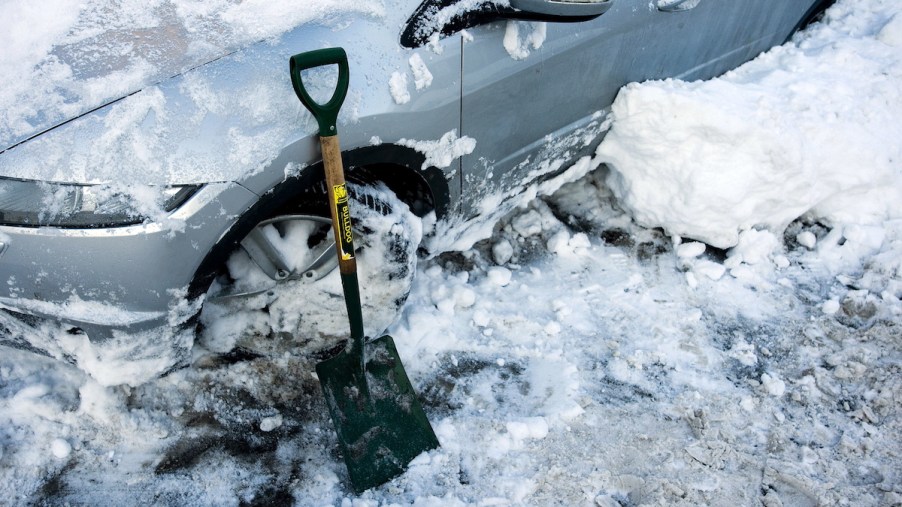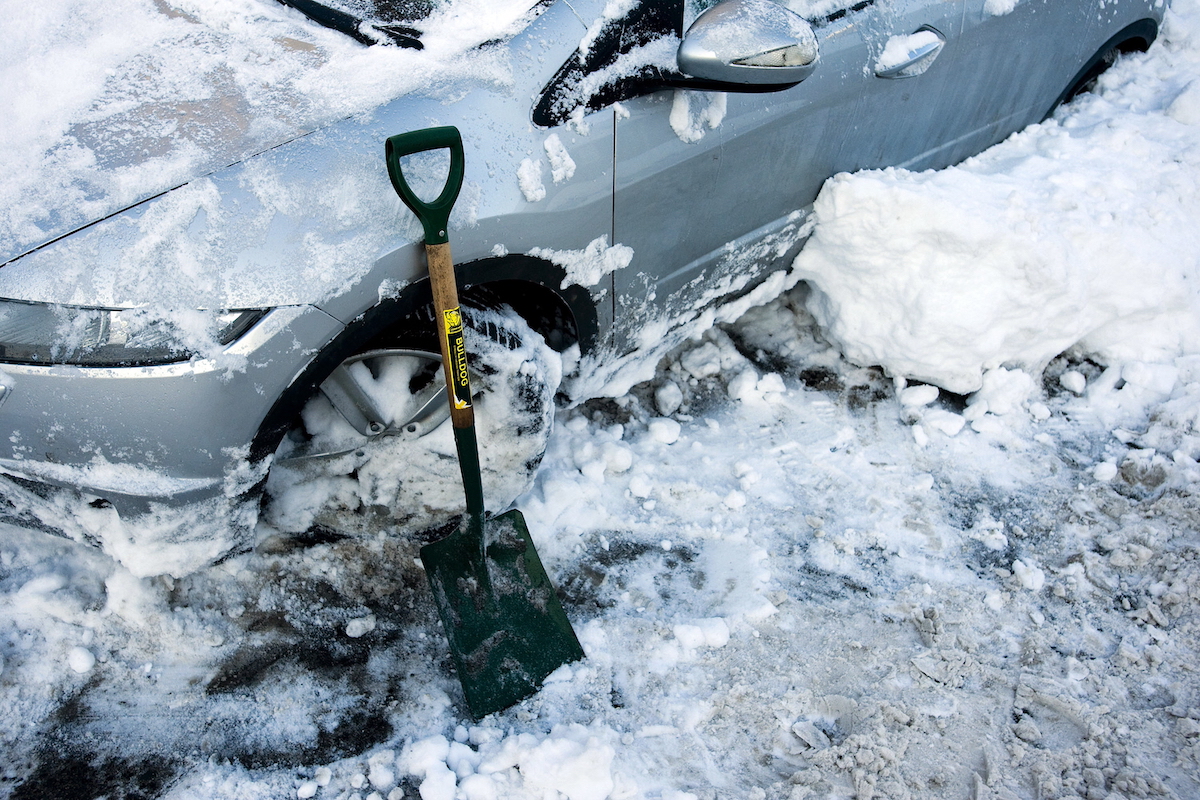
Does Ice Ruin Car Paint?
Winter seems to make everything more difficult and time-consuming. It takes a while for your car’s heat to kick in, and you have to drive slower to avoid sliding on ice. You have to break out a brush and de-icer after a heavy snowfall, and you might have an entire driveway to shovel.
Ice on your windshield is not only annoying to remove but also an anxiety trigger for some drivers. Is there a chance ice could damage your car’s paint or windshield? Here’s how to remove ice from your vehicle properly, as well as some helpful damage-prevention tips.
What can ice do to your car’s paint?

Ice itself can’t damage your car’s paint because it’s just water. However, that water can freeze other objects and substances onto your vehicle. They include bug guts, dead leaves, and harsh chemicals used to treat the roads.
You probably can’t see any debris under the ice and snow on your car. Still, there’s a good chance you’ll scratch your vehicle’s surface if you use a brittle ice scraper for removal. And it won’t just damage a car’s clear coat — it can also scar your car’s glass and plastic components.
The best ways to de-ice your car
The easiest way to de-ice your car is to let it warm up. Start the engine, set your A/C to defrost, and crank the heat. Alternatively, if you have a heated windshield, turn that feature on and wait, AAA says.
If a lot of ice has accumulated on your windshield, you may wait several minutes for it to melt. Although idling your car wastes a negligible amount of gas, waiting too long also negatively affects the environment. You’ll be able to get on your way faster if you speed up the process with a de-icing spray.
Several chemical auto de-icing sprays are on the market, but you can also use any isopropyl alcohol glass cleaner. Either can get expensive per quart, so you might prefer to make your own solution.
Fill a spray bottle with cold tap water, and add a cup of table salt or road salt. Shake it well; then apply it to any ice on your vehicle. Wait 30 seconds between applications while gently working away at the ice with a scraper.
How to protect your car’s windows and paint during the winter
Parking your car in a sheltered area protects it from many winter threats. If you don’t have a garage or carport, you can still protect your vehicle’s windshield using tarps and old towels. You should also try to avoid street parking during the winter whenever possible.
Another driver might find themselves sliding right into your vehicle, which can cause significant damage. Plus, your car’s underside, wheels, and other sensitive components will be exposed to salt-laden roads for extended periods. If there’s no other option, wash your car frequently to prevent rusting.
To fight ice accumulation, park your car facing the east. That allows the sun to get a headstart on naturally de-icing your windshield in the morning. You can also use cooking spray to thaw frozen door handles, and hand sanitizer is surprisingly helpful for a door lock that won’t budge.
To keep your car’s side mirrors ice-free, tie plastic baggies over them. Other household supplies can also help you get rid of ice and snow, such as a broom, cat litter, and even a potato.
Though ice damage can be a concern, there’s no reason to worry if you take steps to avoid it.


